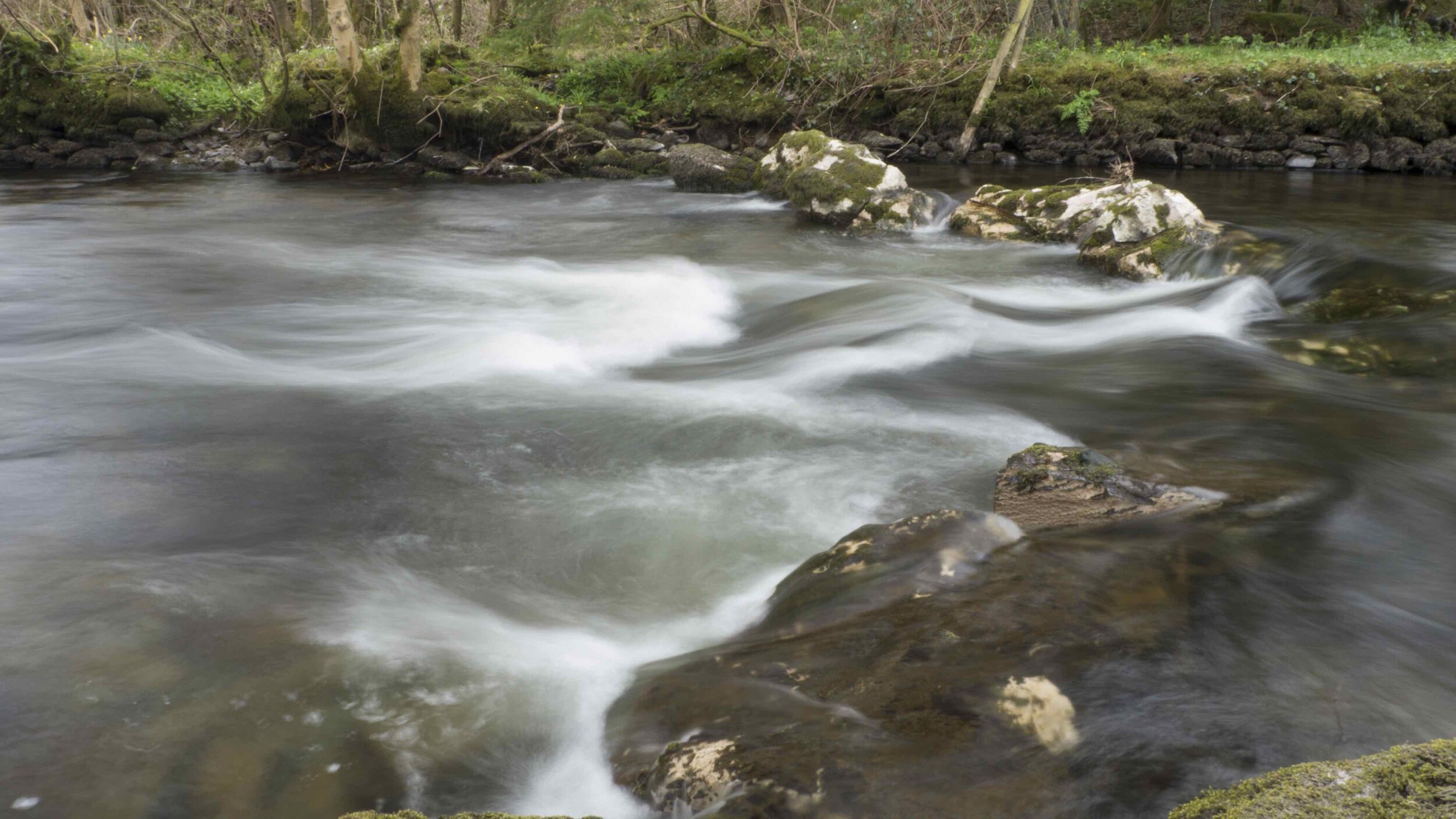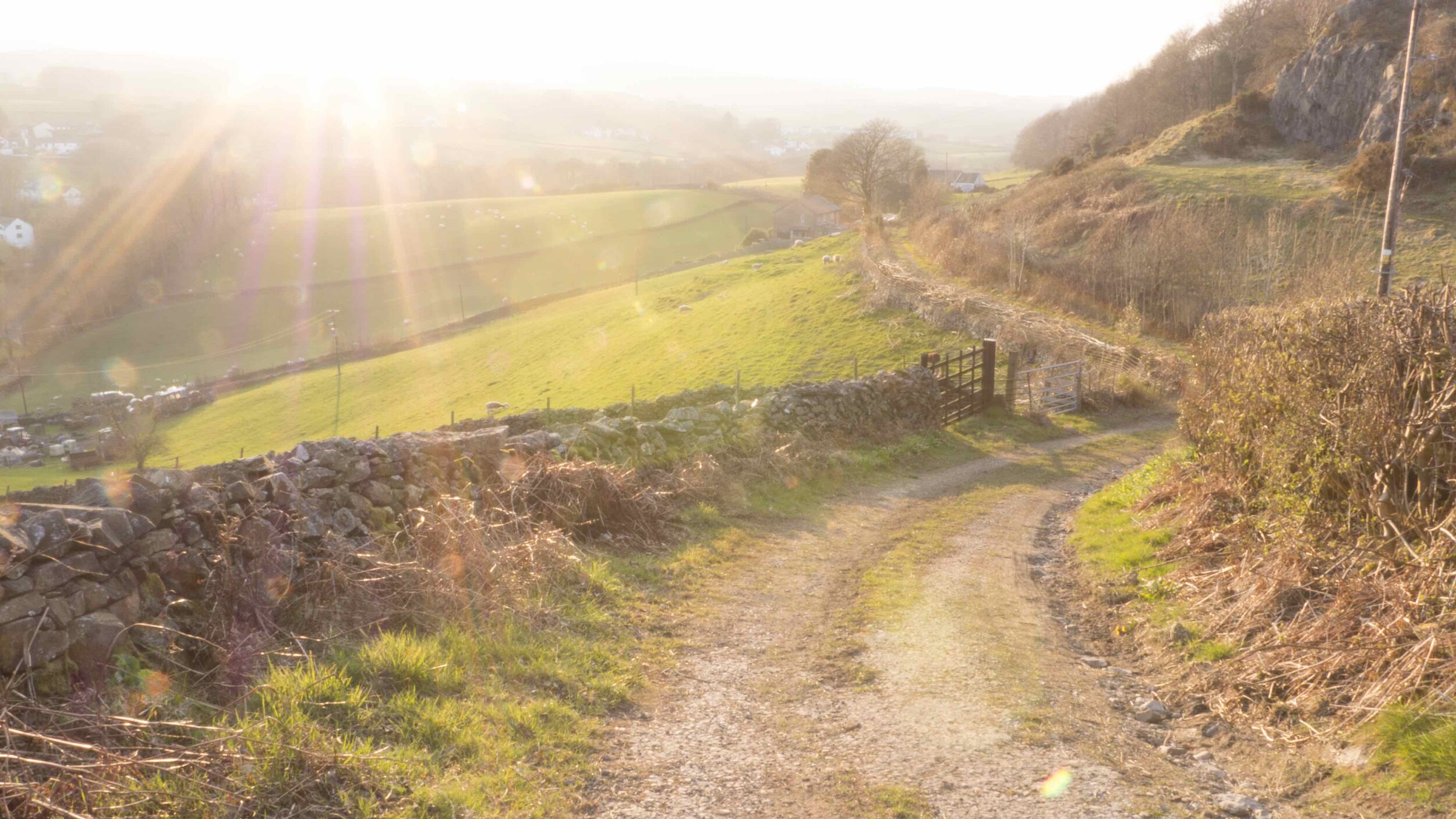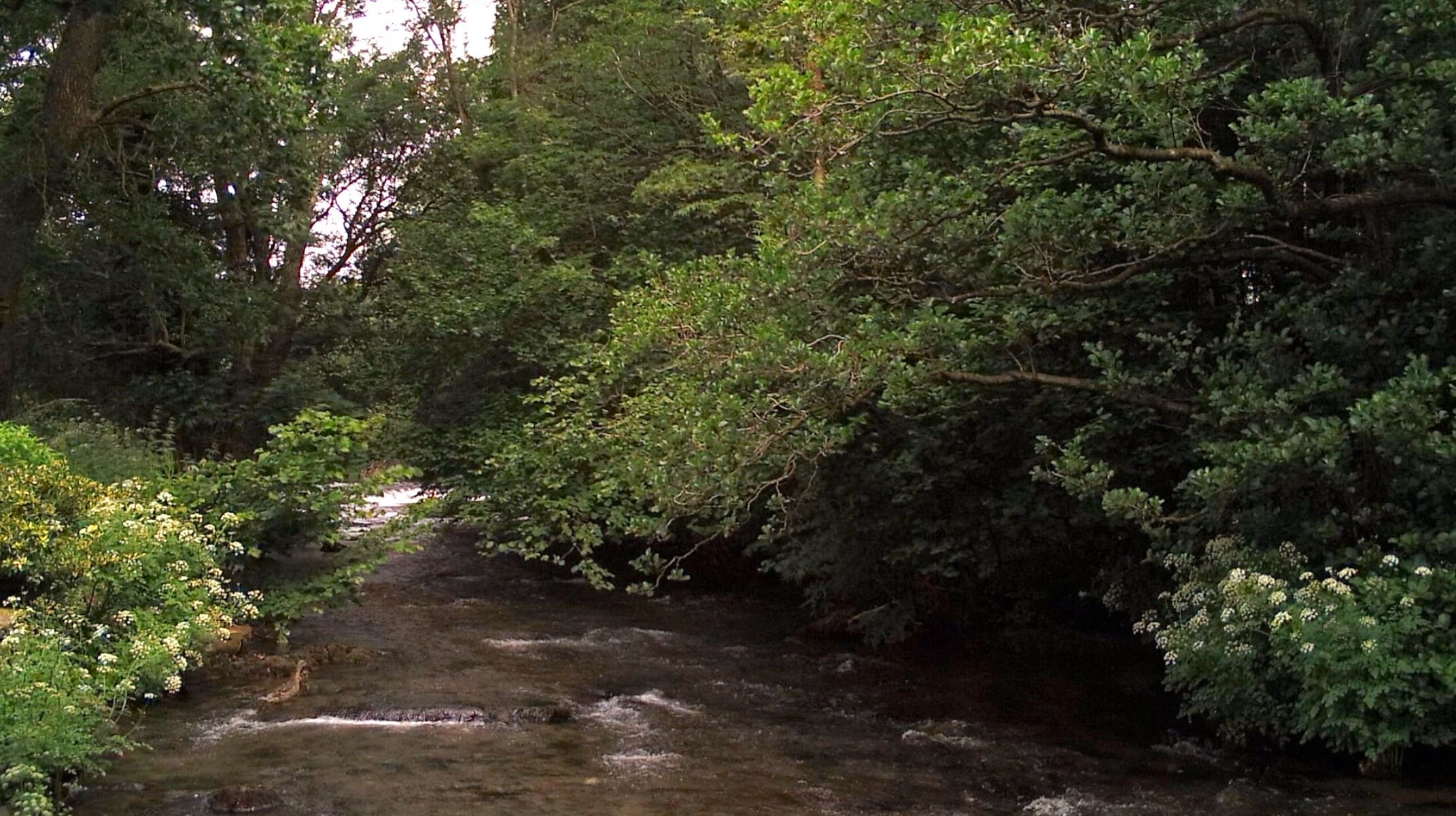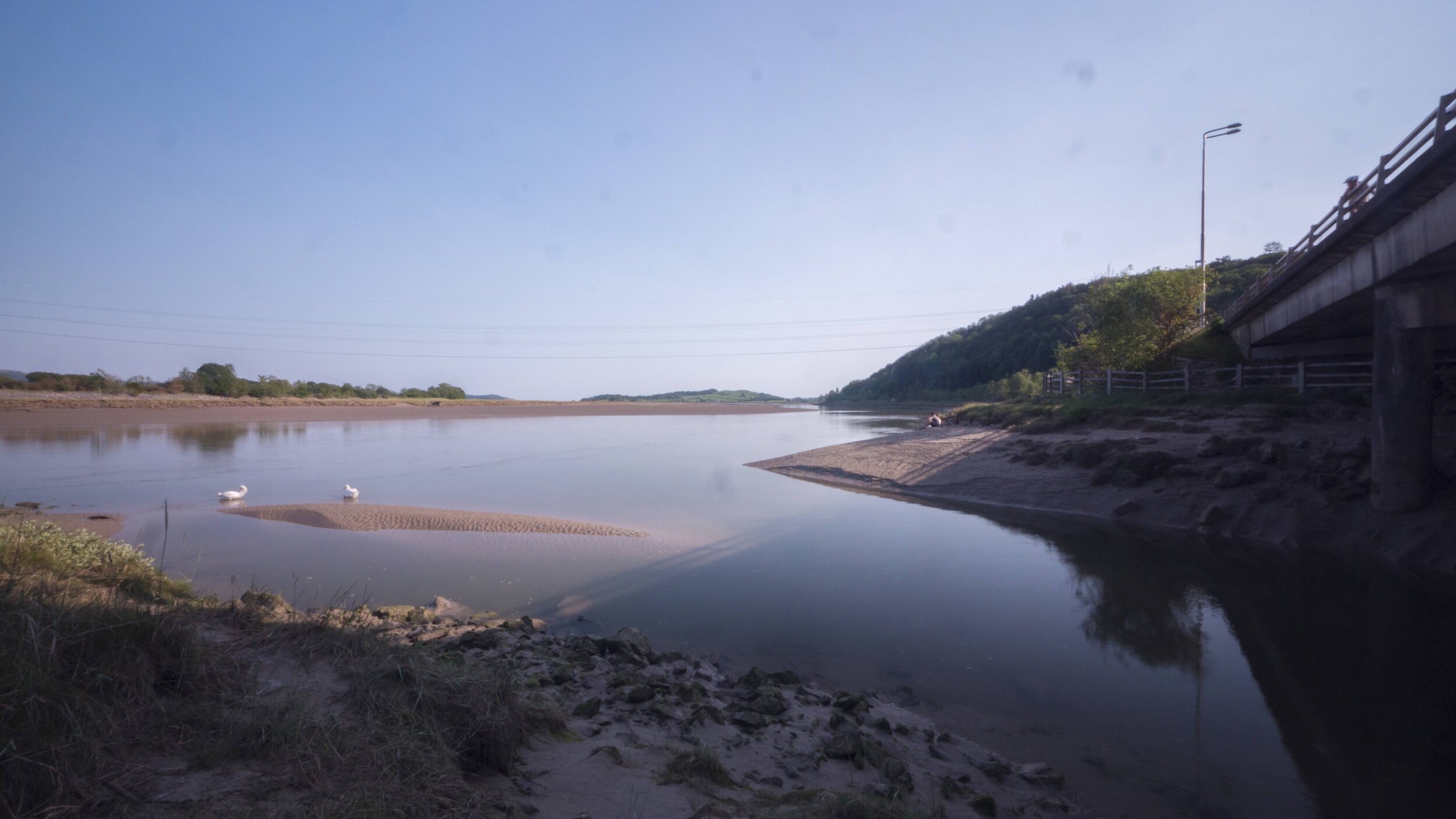
A short time-lapse film of the river Crake
click in the play button above to watch the film
A year in the life of the river
Tracing its course from Coniston Water to Greenodd. It features time-lapse photography, video, motion time-lapse and a soundtrack of field recordings. An outdoor trail camera installed on the riverbank at Lowick Bridge captured one still image every 10 minutes from dawn until dusk every day for a year: January 1st 2019 to January 2020. Over 40,000 images were stitched together to create a time-lapse film of the year. It shows the passing seasons, the rise and fall of the river, changing leaf coverage, light moving across trees as the sun passes from easy to west. Dull, wet and windy days and the occasional flash of canoeists, herons, ducks and other birds.
The film was commissioned by South Cumbria Rivers Trust and as part of the project Dan Fox led sound-walks with local schools exploring the sounds of the river Crake and the becks feeding into it. Some of the recordings from the sound-walks are in the film.
Dan captured sound, video and motion time-lapse sequences at all the bridges along the river including the rise and fall of the tide at Greenodd. The film travels the 6 mile length of the river from Nibthwaite at the southern end of Coniston Water to its confluence with the river Leven at Greenodd sands. The original idea was to launch the film locally with screenings in a village hall. Unfortunately due to the covid pandemic this wasn’t possible so the film is now released online. Many of the sequences down the river were captured during the amazing weather of the first lockdown.
The soundtrack is entirely created with field recordings made in the Crake valley. Dan used parabolic and stereo microphones, hydrophones, contact mics and a battery powered recorder. Some of the material has been sampled into electronic instruments with chordal, tonal and percussion sounds. Some examples of these instruments are..
A kick drum made by hitting a rock on a boulder in the river, recorded with a hydrophone.
A short percussion sound made by hitting old rust nails found hammered in a tree.
A hang-drum like sound made with pick-ups attached to suspended rusty wrought iron railings. A bass tone made from the resonance of a barbed wire fence. A geophone buried in an ants nest.
Hydrophones captured the sound of rocks moving downstream on the river bed.
Seven days worth of dawn choruses made during the height of lockdown have been layered together. Other sounds include storm-force winds in trees, thunder, shrimps, fish and children describing the sounds of the river.









